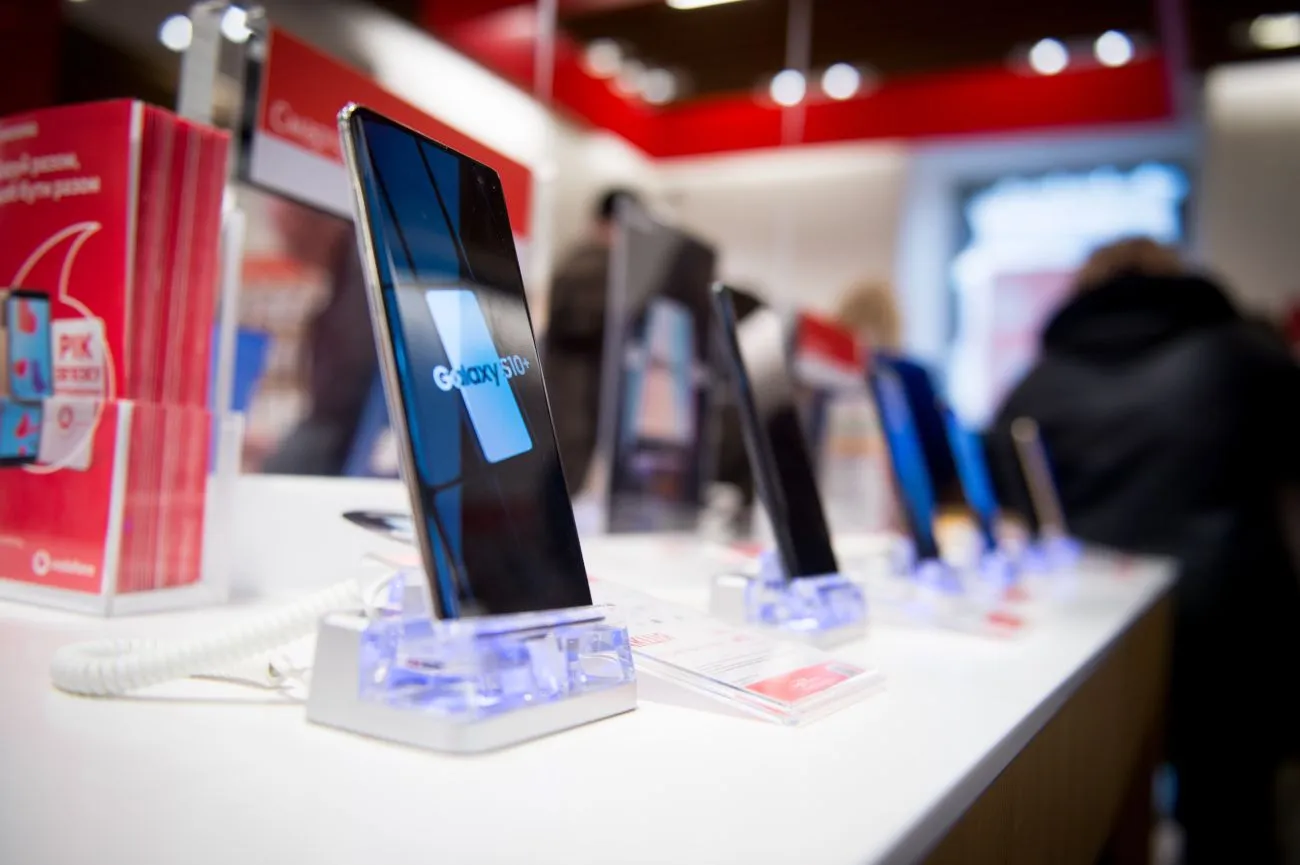In the quest to keep ahead of device trends, it can be hard to pick the best smartphone. The distinctions aren’t always clear from one generation to the next and highly touted features might not always fit your needs.
Want to cut through the noise and pick the right phone? Here are the best new options as of early 2019.
Samsung Galaxy S10 Plus
This 10th anniversary model of Samsung’s Galaxy S line features a 1440p dynamic AMOLED display that’s capable of showing HDR video and reading your fingerprints via ultrasound. It also marks a design departure from previous Samsung devices in that its front camera is tucked away in a little cut-out.
Speaking of cameras, Samsung didn’t skimp on any of them in this phone. Both can record at 4K and the phone’s Shot Suggestion mode tries to help you frame up better photos. With up to 12GB of RAM and support for up to 1TB of removable storage, you’ll have room for all those high-res photos. Plus, the 4,100 mAh battery should keep you shooting long after other phones would have died.
Naturally, a powerhouse device like this will set you back $999.
Huawei P30 Pro
The Huawei P30 Pro is another great choice for people who love taking photos. While it lacks wireless charging and comes with a UI that may take some getting used to, it has three rear-facing Leica cameras to make up for these deficiencies, which offer 40, 20, and eight megapixels of normal, ultra-wide and periscope shooting capability.
This phone only supports up to 512GB of total storage, but it packs a hefty 4,200 mAh battery, so you probably won’t run out of juice mid-shoot. Interestingly, the manufacturer switched its 40-megapixel lens from using standard green subpixels to yellow alternatives that make night shooting better and improve the HDR mode.
While Huawei doesn’t plan on releasing this phone in the U.S. anytime soon, its £899 (roughly $1,170), IP68 water resistance, and photo-snapping clarity might make some people inclined to import it from overseas.
Samsung Galaxy S10e
With a 5.8-inch screen and a weight of only 150 g, the Samsung Galaxy S10e packs some cool features into a small form factor. Considering it’s small enough for continuous one-handed use and it only has a 1080 x 2280 pixel resolution, it’s a steal at just $749, especially when compared to the rest of the pricey S10 line.
This phone improves on the S9 standard with two camera lenses. Another neat characteristic is the Wireless PowerShare, which lets you charge another device, such as a Qi-compatible smartwatch, using the phone’s 3,100 mAh battery. Unlike some other device makers, Samsung also retained the 3.5 mm audio jack, making the S10e a more functional option for audiophiles who become palpably angry at the thought of being forced to use wireless headphones.
Samsung Galaxy S10 5G
Since it’s one of the first flagship phones with 5G support, this phone is ideal for those who want to take advantage of the newer, faster network standard. Of course, the fact that the early models are Verizon-exclusive might not appeal to some users, but the device is likely to support more carriers as other companies deploy their own 5G networks.
This phone is almost like a tablet. Its 6.7-inch display is around the upper limit of what you might want to carry around in your pocket. Plus, it has a large 4,500 mAh battery designed to conserve power intelligently. The S10 5G is also noticeably heavier than other models in the flagship line at nearly 200 g, but with four cameras, the extra weight makes perfect sense.
If there’s a downside to this phone, it’s the lack of expandable storage, although the 256GB of flash that it natively includes is by no means bad. As one of the first models to ship with Samsung’s new One UI and Android 9.0, or Pie, the main attraction of the 5G lies in its data speed and extra perks, such as the front and back time-of-flight cameras for range finding.
However, it’s unclear how much this device will cost. Apparent regulatory miscommunication regarding acceptable pricing threw a wrench in what might have otherwise been a smooth South Korean launch.
LG G8 ThinQ
The LG G8 ThinQ includes a 6.1-inch edge-to-edge OLED display and offers what LG claims is some of its best-ever picture quality at a resolution of 3120 x 1440. For $820, it’s not a bad buy considering it has a Snapdragon 855 processor that’s in the same family as more expensive models like the Galaxy S10 5G.
This phone comes with 6GB of RAM and only 128GB of storage space, but it’s upgradable to a whopping 2TB with a microSD card — more than most alternatives. The front eight-megapixel camera includes a time-of-flight sensor for 3D facial recognition and a cool hand-scanning ID system can identify you by reading the pattern of veins beneath your skin via laser. Other perks include a gesture interface and an AI system that optimizes the camera settings by automatically determining what you’re trying to capture.
Picking a Phone That Suits You
Choosing the right smartphone is about more than flash or status. Instead of being overwhelmed by the bells and whistles, consider which features you truly need to get work done, stay entertained and communicate.
Many manufacturers, such as Apple and Google, are planning to launch new phones later in the year. Be sure to check back here for more great consumer picks as these devices hit the market.
